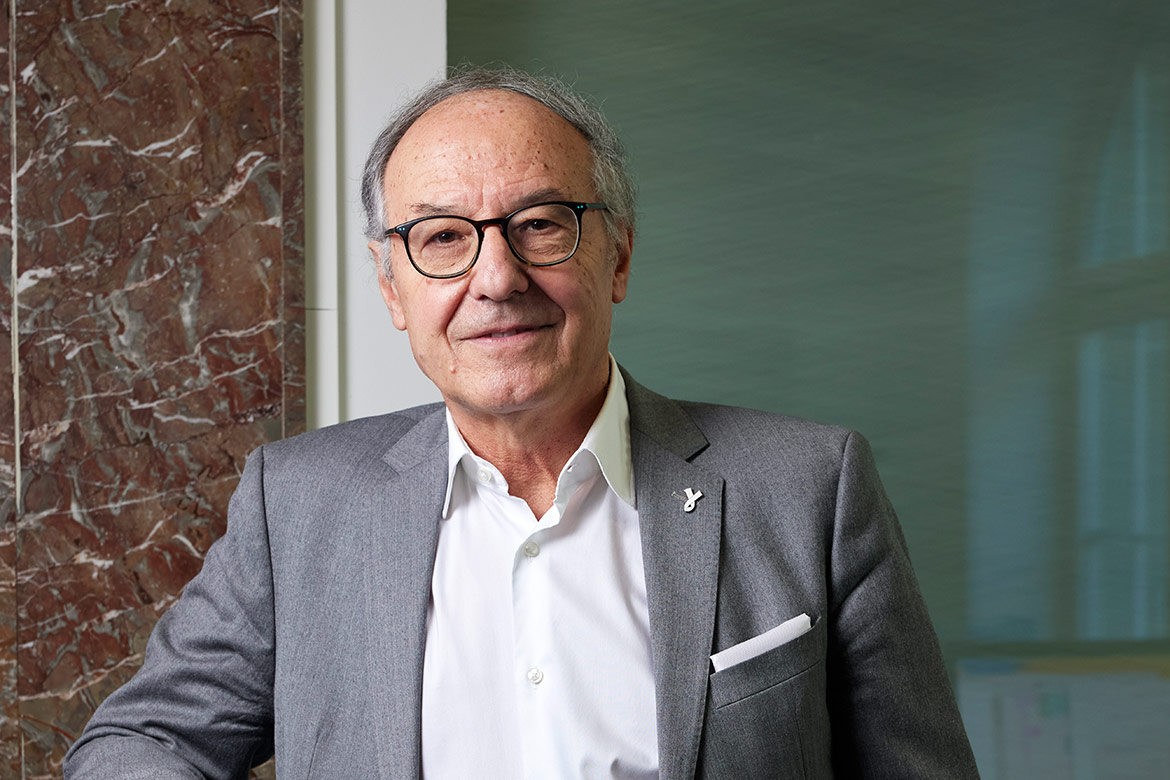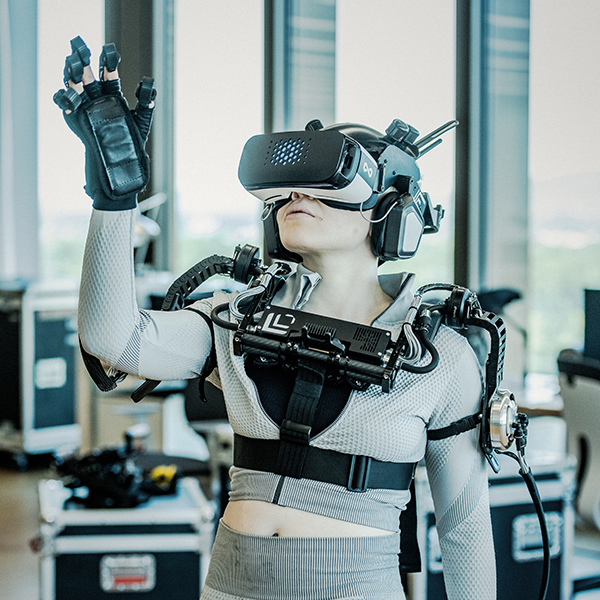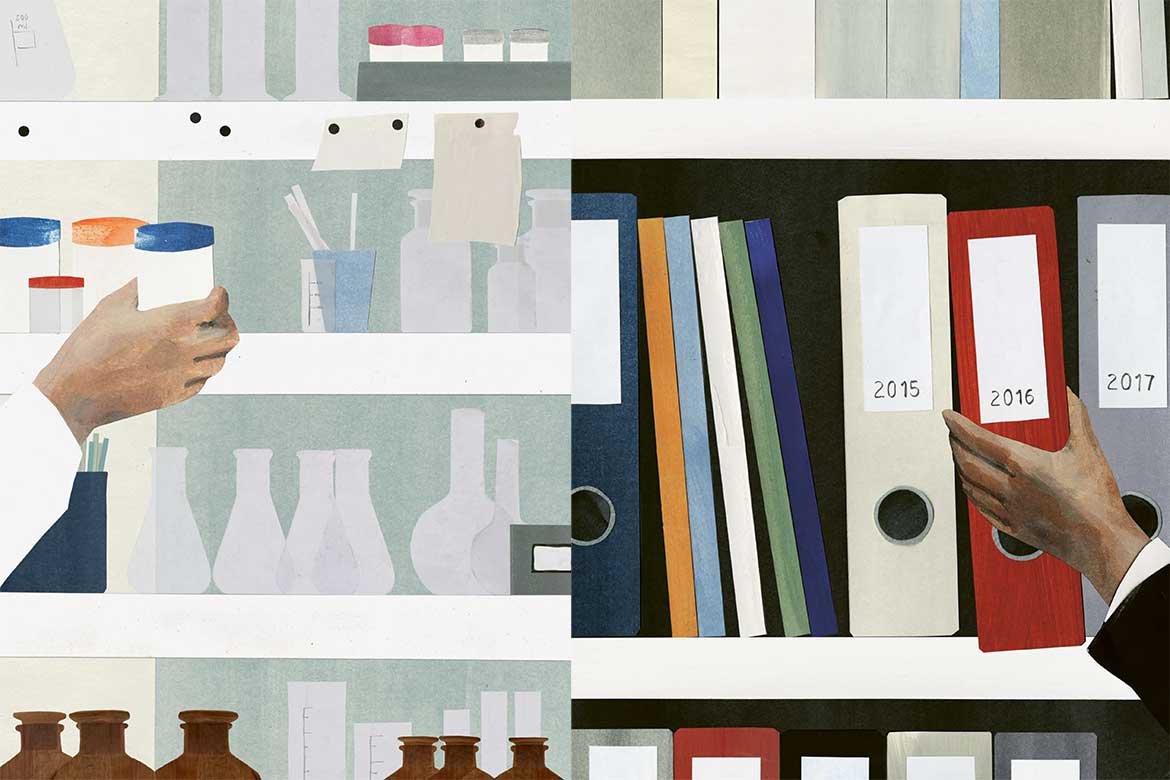Feature: Driven by personal concerns
Truth by numbers
From alchemists by ducal command to double-blind studies, the history of scientific methods is one that veers between chaos and control.
In 1575, the alchemist Philipp Sömmering was executed. He’d wangled a lucrative job and a well-equipped lab at the court of the Duke of Brunswick-Wolfenbüttel by claiming that he could turn base substances into gold. He tried for years to succeed but ultimately failed and paid the price.
Today, we’d classify him as a pseudoscientist, although his supposedly magical knowledge was a sought-after commodity in his own time.
“They were interesting, turbulent times”, says Ion-Gabriel Mihailescu, a science historian at the University of Neuchâtel. “Universities already existed that had spent centuries developing a natural philosophy with a coherent worldview to explain everything from the motions of the stars to how matter behaves on Earth”. But the world also contained artists, craftsmen and alchemists like Sömmering who made wild claims that contradicted what the universities were saying. “They insisted that they could manipulate nature thanks to secret truths they’d supposedly discovered. You could reasonably argue that sheer intellectual chaos reigned in those times”, says Mihailescu.
All this raised questions such as: How can we create reliable knowledge? And how can we verify it? The scientific revolution that began in the 16th century provided answers by emphasising the idea that knowledge should be independent of the methods used to obtain it. Scientific methods now emerged; so let’s look at four examples to see how they changed research.

Illustration: Bunterhund
How knowledge became credible
The Royal Society played a significant role in shaping how scientific knowledge was generated and verified from now on. It was founded in London in 1660 and influenced by the empirical ideals of Francis Bacon’s ‘Novum organum’ – one of the first methodological works in science history. Although Bacon did not make any meticulous reports, his focus was on systematic observation and practical research, making experimentation the method of choice.
The famous oil painting ‘An experiment on a bird in an air pump’ by Joseph Wright of Derby provides us with a fine example. It depicts a real experiment conducted by Robert Boyle, one of the founders of the Society, and shows men, women and children gathered around a sealed glass jar from which the air is being extracted. Inside it is a white cockatoo in the process of expiring. The purpose of the experiment is to answer the question: Is air necessary for life?
“The Royal Society conducted joint experiments to generate knowledge”, says Mihailescu. “But it was just as important to have witnesses to verify experiments being carried out by other members of the Society”. The historian Steven Shapin has shown how the credibility of scientific statements depended in those days on who had observed them. “That’s why the members of the Society were ‘gentlemen’ – in other words, they were financially independent and therefore credible in the eyes of the general public”, says Mihailescu.
The Royal Society also created the means by which to disseminate scientific findings. One major outlet was its journal, ‘Philosophical Transactions’. But it generally reported only on the results of one experiment at a time and created more problems than consensus. This was because no uniform standards existed back then.
We can see this if we consider Isaac Newton’s famous experiment with light. He passed white light through a glass prism, breaking it down into the individual colours of the spectrum. Newton concluded that white light contains coloured light. But other European scientists repeatedly failed to reproduce his experiment. So Newton accused them of using ‘inaccurate’ prisms, and this in turn led to accusations that he was defining as ‘accurate’ only those prisms that confirmed his own results. It later emerged that all his peers had used Venetian glass. It’s beautifully crafted but wasn’t suited for optical experiments.
The idea that a claim should be verified and confirmed by a community has become a fundamental principle of modern science. What began in the 17th century was merely the start of the slow process of institutionalisation and professionalisation in research that led to a paradigm shift in how knowledge is established.

Illustration: Bunterhund
Randomised, controlled, blinded
There is surely no scientific method that has had such a profound impact on medical research as the randomised controlled trial, ‘RCT’ for short. Today, it’s the gold standard for testing new therapies. “Its strength lies in its ability to eliminate bias systematically and to make concrete statements about the effectiveness of a drug”, says Erik von Elm, a physician and epidemiologist who co-founded the Swiss branch of the Cochrane global research network in 2011. For over 30 years now, Cochrane has been summarising the current state of knowledge in medical and health research by providing systematic reviews and protocols.
“An RCT divides its test subjects into an experimental group and a control group”, says von Elm. The former is given a drug, while the latter gets a placebo. The reasoning behind this is simple: if differences emerge between the groups after treatment, it’s probably because of the drug. A ‘fair comparison’ is the first principle of any RCT. The history of this approach dates back to the Scottish doctor James Lind in 1747.
Lind was on a voyage lasting several months and wanted to treat the sailors who took ill along the way. They were all suffering from scurvy due to a vitamin-C deficiency – although this was unknown at the time. All that anyone knew was that the disease could kill you, and its best-known symptom was losing your teeth. Lind systematically searched for a therapy, dividing his sick subjects into groups for the first-ever time. He prescribed the same diet to everyone but gave each group an additional extra foodstuff. After a few days, the sailors who ate citrus fruits every day began to feel better – for these, as it happens, are rich in vitamin C.
“The second principle of an RCT is randomisation – which simply means that its participants are assigned to different groups at random”, says von Elm. This is to ensure that the groups are comparable and that there is no possibility of conscious selection having been undertaken. The first random assignment of test subjects – by drawing lots – was carried out in the 19th century.
“The third principle is blinding. Ideally, neither the test subjects nor the medical staff know who is actually receiving the new drug and who is receiving a placebo”, says von Elm. This prevents doctors from treating their test subjects differently – e.g., by giving more attention to those who are receiving the real drug. The first blind studies were already being conducted in the early 20th century.
Today, RCT comprises an elaborate mix of methods. It is a procedure that has developed over several centuries and has become the legal norm. This is not least because using drugs without adequate testing has had serious consequences. One example is the Thalidomide scandal of the 1950s, when the sleeping pill of that name caused birth defects in thousands of newborns. Since then, drugs have had to be both effective and safe.

Illustration: Bunterhund
Bringing what’s hidden into the light
“My work begins when the question arises: How can I recognise causal effects from an experiment?” This is how Servan Grüninger describes his job as a statistician at the University of Zurich, where he’s researching into designing experiments.
Grüninger is interested in determining when an observed effect is the result of an intervention, and when it is not. He explains that there’s a long tradition in statistics of “verifying the reliability of scientific statements”. Today, statistics forms the basis of quantitative research in almost every discipline, and it has fundamentally altered our understanding of scientific objectivity.
“There’s a classic example to demonstrate the importance of statistics”, says Grüninger: “It’s the ‘Lady Tasting Tea’ experiment”. It was conducted by the British statistician Ronald Fisher in the 1920s. His acquaintance Muriel Bristol had claimed that she could taste whether milk or tea was poured first into her cup. But Fisher didn’t believe her, and wanted to put her claim to the test. He placed eight, randomly arranged cups in front of her. Four had been filled first with milk, four with tea.
“You can calculate the likelihood of Bristol guessing all eight cups correctly by chance”, says Grüninger. “The probability for each individual cup is 50 percent. It’s difficult to guess correctly eight times in a row. With the experimental setup determined by Fisher, the probability of that happening was 1.4 percent”. But that’s exactly what happened: Bristol guessed correctly, eight times. Whether you judge this to be proof of Bristol’s excellent taste buds or just a coincidence will depend on whether you consider a probability of 1.4 percent to be sufficiently unlikely. This approach can also be applied to testing drugs – indeed, it’s useful for designing almost any study. “Statistics links the probability of error with causal statements”, says Grüninger.
There’s a second field of application for statistics that’s important: identifying patterns, or “separating noise from the signal”, as Grüninger puts it. Émile Durkheim’s sociological study ‘Le suicide’ of 1897 can help to explain what this means. Statistical methods enabled Durkheim to take what had previously been considered purely individual behaviour and transfer it to others. He was thereby able to show how suicide rates correlate with factors such as gender, marital status and religious affiliation. Statistics brought into the light what had previously been hidden.
This was a turning point for scientific methods. Instead of interpreting individual cases, statistics allows us to make generalisations – though only if we use it correctly. As Grüninger observes, “Statistics is only useful if it’s embedded in a research programme that is transparent about what we actually want to quantify. If that isn’t defined, it’s pseudoscience”.

Illustration: Bunterhund
To understand, not to prove
“I work with evidence from the past: with texts, images, artefacts and even land forms”, says Dania Achermann. She’s a professor at the University of St Gallen, where she researches and teaches in the history of science. Her approach to knowledge is fundamentally different from what’s the norm in the natural sciences. “Historical sources are never neutral, nor are they objective pieces of information. They’ve always been authored by someone with their own intentions or target audience”.
Achermann uses the historical method that has source criticism at its core. This method emerged over the course of the professionalisation of the historical sciences. The first-ever professorship in history was established in 1759 in Göttingen, where a historical institute was also founded seven years later. But the profession of the ‘historian’ didn’t really emerge until the 19th century.
Since then, the historical method has followed clear criteria. Historical evidence is not accepted uncritically, but subjected to systematic questioning. If you have a source, who wrote it? What language is used for it? What alternative sources are available – and what aren’t? “The author, addressee, language and context. During your studies, you consciously tick off each of these, and later you do it automatically”, says Achermann. It becomes almost intuitive. This is why the historical method has assumed such a special role. It’s often not even mentioned explicitly in historical scholarship, which has sometimes led to accusations that Achermann’s profession doesn’t really work according to standardised scientific principles. There’s even criticism from within their own ranks. The French historian Marc Bloch once remarked that source criticism remains an art that requires “a special instinctive feeling” for which there is no ready recipe.
Unlike quantitative studies, the historical method does not aim to formulate causal laws. Instead, historians want to understand contexts and to provide transparent interpretations. “My goal is not to prove anything, but to understand, reconstruct and recognise intentions”, says Achermann.
How all this might look in practical terms is illustrated by the science history essay ‘The Image of Objectivity’ by Lorraine Daston and Peter Galison. Here, they explain how the meaning of ‘objectivity’ has shifted over time, and how this has also shaped our notions of science. In the 18th century, what was ‘typical’ was regarded as being objective. Not only were researchers allowed to interpret it, but they were positively encouraged to do to. This was the notion of ‘truth to nature’. All this was reversed in the 19th century, when ‘mechanical objectivity’ became the status quo. Cameras and machines were required to document observations in a neutral, unbiased manner. Someone like Achermann, who analyses historical images in the course of her scholarly work, has to know the underlying ideals according to which they were created.
Scientific methods are therefore a result of an open, never-ending process. They don’t guarantee any definitive knowledge. Nor do they exclude subjectivity – this is because it’s in fact part of the scientific process and is reflected, say, in the personal interests of the researchers or how we select the questions we want to answer. Methods are important, but the strength of science lies in collective comparisons and in its ability to be repeatable by many.




